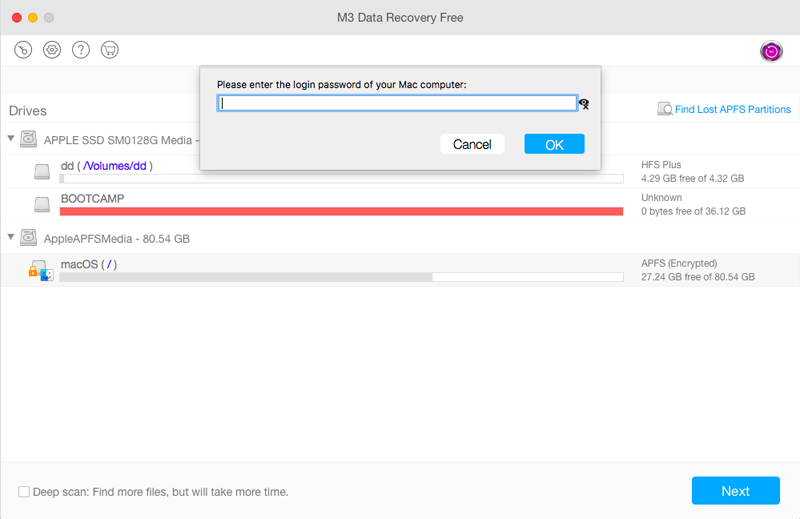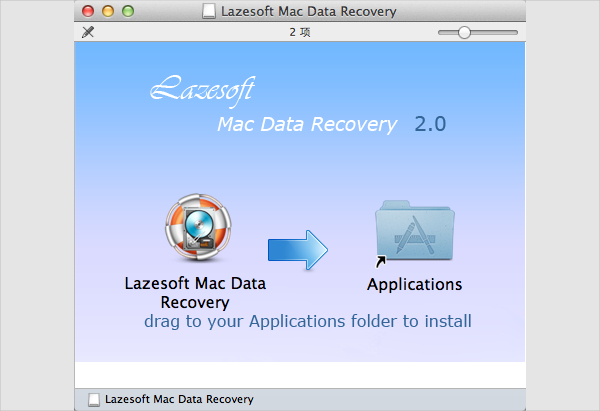Free Mac File Recovery. Stellar Data Recovery Free Edition for Mac software performs instant recovery of deleted documents, emails, archives, photos, audios, and videos from Mac devices such as iMac, Mac Pro, MacBook Pro, MacBook Air, or Mac mini. After starting up from macOS Recovery, select a utility, then click Continue: Restore From Time Machine Backup: Restore your Mac from a Time Machine backup. Reinstall macOS: Download and reinstall the Mac operating system. Get Help Online: Use Safari to browse the web and find help for your Mac. It may be a specialised Mac recovery app, but Recovery Guru doesn't limit its talents to just Apple's file system – it's happy to seek out lost files on USB sticks, SD cards, and even Android. Disk Drill: The best data recovery software for Mac OS X. Recover deleted or lost data from any storage device, iOS and Android. Supported OS: Mac OS X 10.8.5+ To recover deleted files on your Mac computer using Disk Drill you’ll need to do the following: 1. Download Disk Drill for Mac. When performing data recovery, you want to use the storage device where the deleted files were stored as little as possible.
macOS Recovery is part of the built-in recovery system of your Mac. You can start up from macOS Recovery and use its utilities to recover from certain software issues or take other actions on your Mac.
How to start up from macOS Recovery

- Turn on your Mac and immediately press and hold these two keys: Command (⌘) and R. Need help?
- Release the keys when you see an Apple logo, spinning globe, or other startup screen.
- You might be prompted to enter a password, such as a firmware password or the password of a user who is an administrator of this Mac. Enter the requested password to continue.
- Startup is complete when you see the utilities window:
- After starting up from macOS Recovery, select a utility, then click Continue:
- Restore From Time Machine Backup:Restore your Mac from a Time Machine backup.
- Reinstall macOS: Download and reinstall the Mac operating system.
- Get Help Online: Use Safari to browse the web and find help for your Mac. Links to Apple's support website are included. Browser plug-ins and extensions are disabled.
- Disk Utility: Use Disk Utility to repair your disk or erase your disk or other storage device.
Additional utilities are available from the Utilities menu in the menu bar: Startup Security Utility (or Firmware Password Utility), Network Utility, and Terminal.
- To quit macOS Recovery, choose Restart or Shut Down from the Apple menu . If you want to choose a different startup disk before quitting, choose Startup Disk from the Apple menu.
If you can't start up from macOS Recovery
File Recovery For Macintosh
If your Mac can't start up from its built-in macOS Recovery system, it might try to start up from macOS Recovery over the Internet. When that happens, you see a spinning globe instead of an Apple logo during startup:


To manually start up from Internet Recovery, press and hold either of these key combinations at startup:
File Recovery For Microsoft Word

File Recovery For Mac Os X
- Option-Command-R
- Shift-Option-Command-R
Learn more
If startup from Internet Recovery is unsuccessful, you see a globe with an alert symbol (exclamation point):
Free Data Recovery For Mac
In that case, try these solutions:
- Make sure that your Mac can connect to the Internet. If you're not prompted to choose a Wi-Fi network during startup, move your pointer to the top of the screen, then choose a network from the Wi-Fi menu , if available.
- Press Command-R at startup to try using the built-in Recovery system instead of Internet Recovery.
- Connect to the Internet using Ethernet instead of Wi-Fi, or vice versa.
- Connect to the Internet from a different Wi-Fi or Ethernet network. Your network configuration might not allow the Internet access that macOS Recovery needs.
- Try again later, because the issue might be temporary.
- Start up from another disk or volume, if available, or use a bootable installer to reinstall macOS.
Data Rescue Mac
If you still need help, please contact Apple Support.